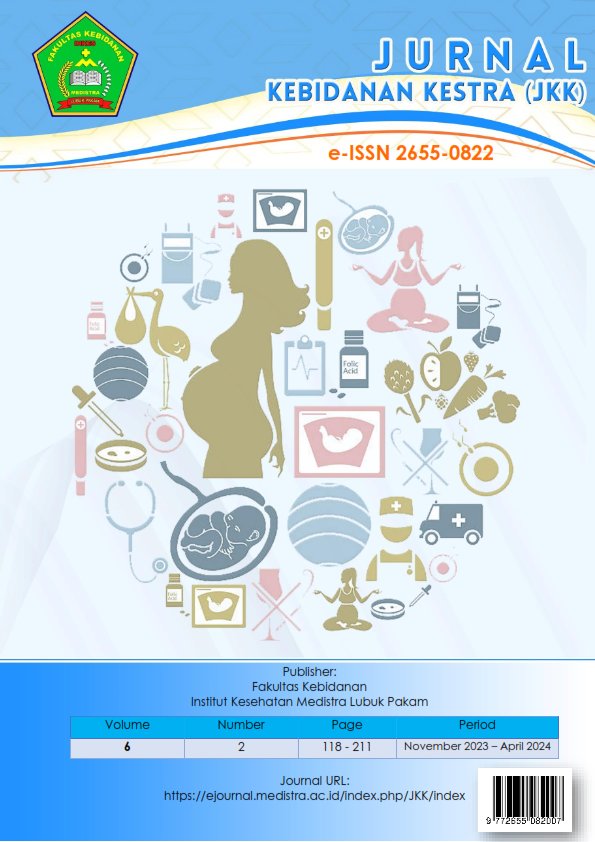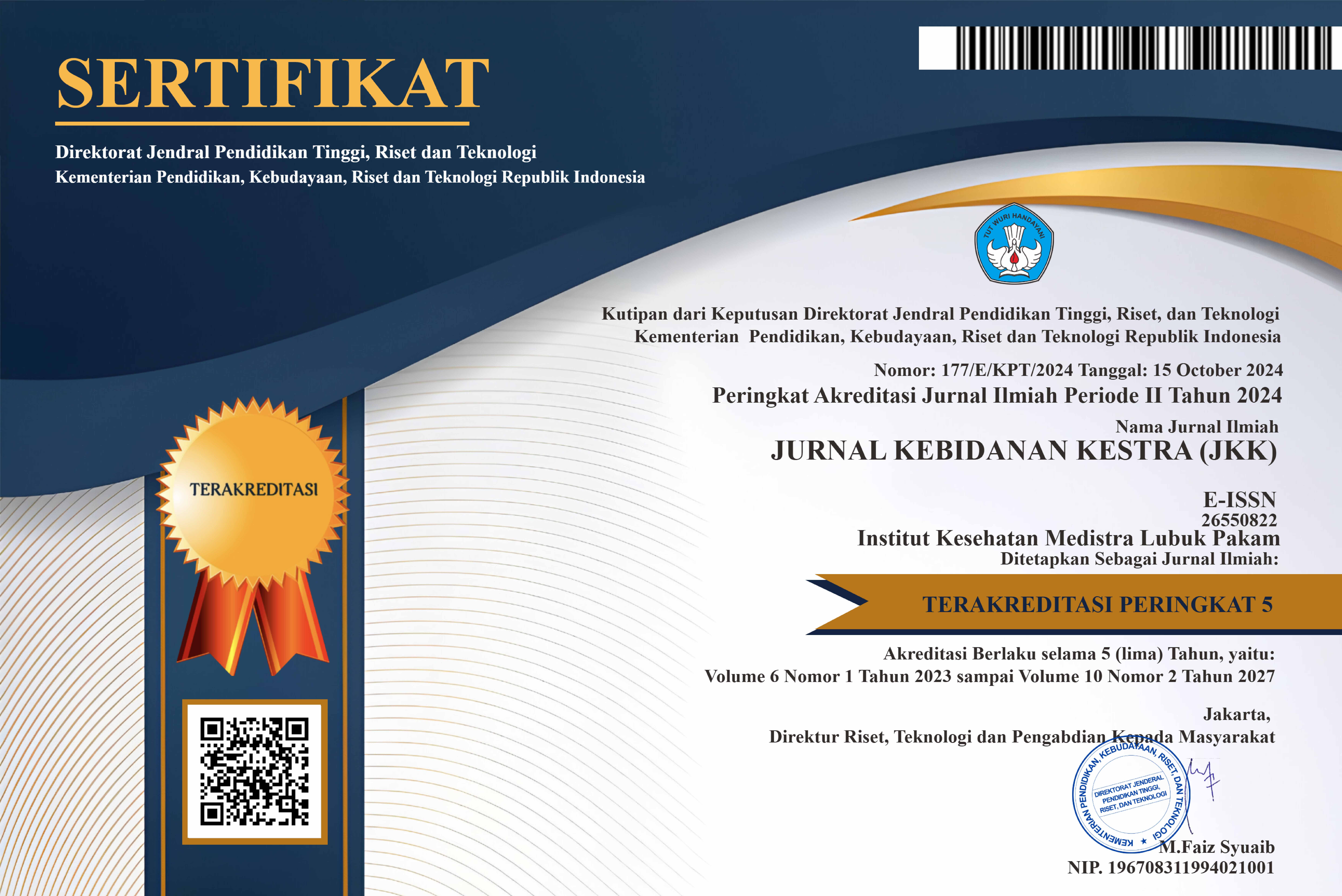The Role of Community Health Centers in Early Detection and Initial Management of Cardiovascular Emergencies
DOI:
https://doi.org/10.35451/jkk.v6i2.2553Keywords:
Health center, early detection, emergency, cardiovascularAbstract
Cardiovascular emergencies (CED) are medical conditions that require rapid treatment to prevent death or disability. Community Health Centers (CHCs), as first-level health care facilities, play an essential role in the early detection and early management of CED. This study aims to evaluate the role of CHCs in the early detection and management of CED in the research area. It also seeks to examine the relationship between demographic factors and the success of CED management at CHCs. The research used a quantitative approach with an analytical observational design. Data were collected through both primary and secondary sources from local CHCs. Univariate analysis was performed to assess the frequency distribution of the relevant variables, while bivariate analysis employed the chi-square statistical test to examine the relationship between demographic factors (such as age, gender, nutritional status) and the success of cardiovascular emergency management. The univariate analysis results indicated that the majority of patients experiencing CED were between the ages of 45-60, with chest pain as the primary complaint. The CHCs have implemented early detection activities using an electrocardiogram (ECG) device; however, there are challenges related to limitations in human resources and facilities. Bivariate analysis revealed a significant relationship between age and gender with the success of early CED management, with better outcomes observed in patients who received prompt treatment. Other influencing factors include the level of education and public awareness of the importance of regular check-ups.
Downloads
References
Arifin, H., Chou, K. R., Ibrahim, K., Fitri, S. U. R., Pradipta, R. O., Rias, Y. A., Sitorus, N.,Wiratama, B. S., Setiawan, A., Setyowati, S., Kuswanto, H., Mediarti, D., Rosnani, R.,Sulistini, R., & Pahria, T. (2022). Analysis of Modifiable, Non-Modifiable, and Physiological Risk Factors of Non-Communicable Diseases in Indonesia: Evidence from the 2018 Indonesian Basic Health Research. Journal of Multidisciplinary Healthcare, 15(September), 2203–2221. https://doi.org/10.2147/JMDH.S382191
Arkam, J. R., Wisudawan, Arsal, A. S. F., Nurhikmawati, & Sommeng, F. (2023). Hubungan Faktor Resiko Penyakit Jantung terhadap Hasil Elektrokardiografi (EKG) pada Perawat UGD RS. Ibnu Sina. Fakumi Medical Journal: Jurnal Mahasiswa Kedokteran, 3(1), 36– 44.https://doi.org/10.33096/fmj.v3i1.177
Bachtiiar, L., Gustaman, R. A., & Maywati, S. (2023). Faktor Risiko Yang Berhubungan Dengan Kejadian Penyakit Jantung Koroner (PJK) (Analisis Data Sekunder di Rumah Sakit Umum Daerah Kabupaten Subang). Jurnal Kesehatan Komunitas Indonesia, 19(1),52–60. https://doi.org/10.37058/jkki.v19i1.6862
Prendiville P. Developing Facilitation Skills: A Handbook for Group Facilitators, Dublin: Combat Poverty Agency; 2008.
Sumpeno W. Menjadi Fasilitator Genius,Yogyakarta: Pustaka Pelajar; 2009
Downloads
Published
Issue
Section
License
Copyright (c) 2024 Callina Floriana Yudisia Br Bangun

This work is licensed under a Creative Commons Attribution 4.0 International License.
Copyright in each article is the property of the Author.



























